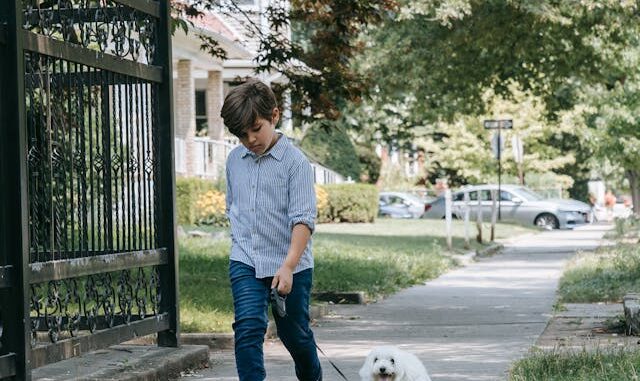
Ontario’s streets, while generally designed for safety, are not without risk, particularly for young pedestrians. When a child is struck by a vehicle, the physical and emotional consequences can be devastating. Fortunately, Ontario law provides specific protections for minors involved in pedestrian accidents, ensuring they have the necessary time and resources to seek compensation for their injuries.
The Vulnerability of Child Pedestrians
Children are inherently more vulnerable as pedestrians due to their smaller size, limited experience with traffic, and underdeveloped judgment. They may dart into the street unexpectedly, misjudge the speed of oncoming vehicles, or simply be less visible to drivers. The consequences of a collision with a vehicle can be catastrophic for a child, often resulting in serious injuries or even fatalities.
Extended Limitation Periods: Protecting Children’s Rights
One of the key legal protections for children injured as pedestrians is the suspension of the limitation period. In Ontario, the standard two-year limitation period for personal injury claims does not apply to minors. Instead, the limitation period begins to run on the child’s 18th birthday.
This extended timeframe recognizes the unique needs of children. It allows them time to mature, fully understand the extent of their injuries, and make informed decisions about seeking legal recourse. By suspending the limitation period, the law ensures that children are not unfairly disadvantaged by their age and have ample opportunity to pursue compensation for their injuries.
Court Approval: Safeguarding Children’s Interests
Another important safeguard for children involved in pedestrian accidents is the requirement for court approval of settlements. Any settlement reached on behalf of a minor must be reviewed and approved by a judge.
The court’s role is to ensure that the settlement is fair, reasonable, and in the child’s best interests. The judge will carefully consider factors such as the severity of the injuries, the child’s medical needs, and the potential for future complications. They will also assess the settlement amount to ensure it adequately compensates the child for their pain and suffering, lost income, and future expenses.
Litigation Guardians: Advocating for the Child
Since minors cannot represent themselves in legal proceedings, they require a litigation guardian to act on their behalf. This is usually a parent or close relative who has the child’s best interests at heart. The litigation guardian is responsible for making legal decisions on the child’s behalf, including whether to file a lawsuit, negotiate a settlement, or proceed to trial.
Seeking Legal Support: A Crucial First Step
Navigating the legal complexities of a pedestrian accident involving a child can be daunting for families. Seeking legal advice from a lawyer experienced in personal injury law and representing minors is essential. A lawyer can guide the family through the legal process, explain their rights and options, and advocate for the child’s best interests throughout the legal proceedings.
Conclusion
Pedestrian accidents involving children are a tragic reality in Ontario. However, the law provides critical protections for young victims, ensuring they have the time, resources, and legal support to seek fair compensation for their injuries. By understanding these legal safeguards and seeking professional guidance, families can navigate the legal process with confidence and secure the necessary resources to help their child recover and move forward with their lives.



